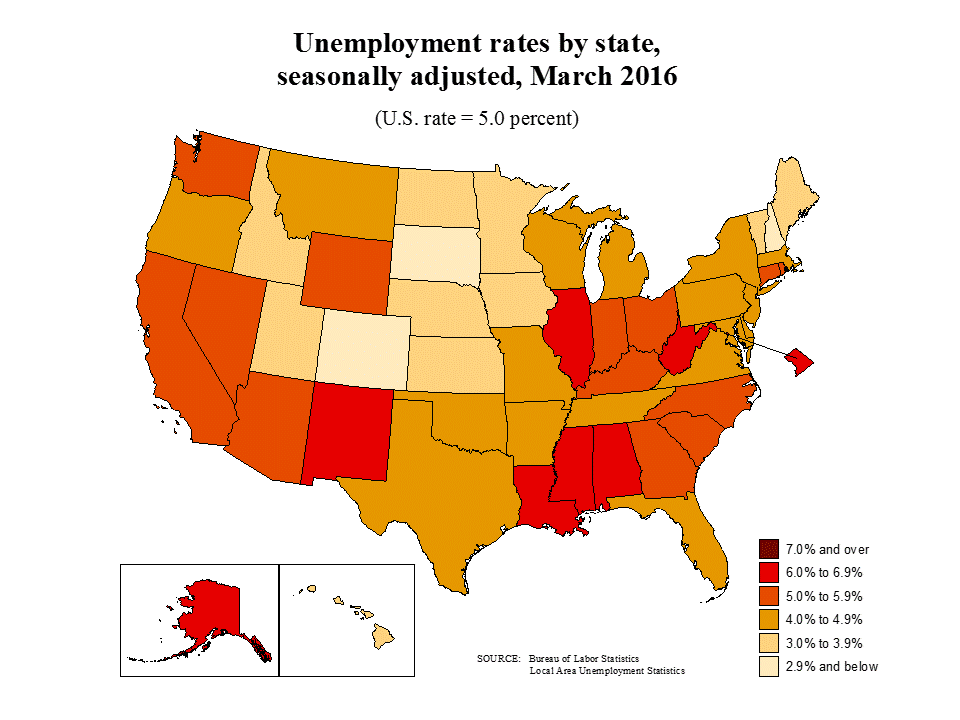EmployStats is hosting a CLE seminar in San Francisco, California on July 12, 2017 at the prestigious and historic Bently Reserve. Our intensive Continuing Legal Education event will focus on California’s recent Fair Pay Act, and allegations of Fair Pay Act violations from both the experienced attorney and expert witness perspective.
Attendees we will hear from Lori Andrus, the attorney in the 4 million dollar Farmers Insurance lawsuit. There will also be a discussion by David Neumark, Ph.D., regarding his research into labor market discrimination. Additionally, attorneys will hear directly from EmployStats Principal Economist Dr. Dwight Steward regarding his expert witness experience with discrimination allegations, as well as insight into the calculations and theories that make up loss of earnings analyses.
For more information on the upcoming CLE and registration, please visit our website at www.employstats.com/california-fair-page-act







